Home>diy>Building & Construction>What Is RFP In Construction


Building & Construction
What Is RFP In Construction
Modified: January 24, 2024
Learn what RFPs are in the construction industry and how they are used in building construction projects. Understand the importance of requesting proposals for successful project planning and execution.
(Many of the links in this article redirect to a specific reviewed product. Your purchase of these products through affiliate links helps to generate commission for Storables.com, at no extra cost. Learn more)
Introduction
Welcome to the world of construction, where skyscrapers reach for the sky, bridges span mighty rivers, and dreams turn into reality. In the construction industry, efficiency is paramount, and every project starts with a solid foundation – a plan that outlines the goals, requirements, and scope of work. This is often achieved through a process called RFP, or Request for Proposals.
So, what exactly are RFPs, and why are they so important in the construction sector? In this article, we will delve into the intricacies of RFPs, exploring their purpose, benefits, key components, different types, and how they are prepared and evaluated. Whether you are a seasoned professional or new to the construction industry, understanding RFPs is essential for success.
Key Takeaways:
- RFPs are essential in construction for promoting fair competition, facilitating informed decision-making, and ensuring transparent and accountable selection processes, ultimately leading to successful project execution.
- Clients and bidders in the construction industry can maximize the potential of RFPs by following best practices, understanding challenges, and fostering effective communication, leading to enhanced project outcomes and successful collaborations.
Read more: What Is Construction
Definition of RFPs
RFP stands for Request for Proposals. It is a formal document that is created by a client or project owner to solicit bids from potential contractors or suppliers for a construction project. The RFP provides detailed information about the project, including the scope of work, specifications, and any specific requirements that need to be met.
An RFP serves as a communication tool between the client and the bidders, ensuring that all parties have a clear understanding of the project expectations. It outlines the client’s objectives and allows contractors or suppliers to submit proposals that address those objectives.
Essentially, an RFP sets the stage for the bidding process, enabling the client to compare and evaluate different proposals and select the most suitable contractor or supplier to carry out the project. It establishes a fair and transparent process, allowing all interested parties to compete based on their capabilities and expertise.
RFPs are widely used in the construction industry for a variety of projects, including residential, commercial, industrial, and public infrastructure. They are particularly common for large-scale and complex projects, where multiple stakeholders and various trades are involved.
Now that we have a basic understanding of what an RFP is, let’s explore the purpose and benefits of using RFPs in construction projects.
Purpose of RFPs in Construction
The primary purpose of RFPs in construction is to enable project owners or clients to identify and hire the most suitable contractors or suppliers for their construction projects. By issuing an RFP, the client can outline their project requirements, gather proposals from interested parties, and evaluate them based on predetermined criteria.
One key purpose of RFPs is to promote fair competition among bidders. By providing all interested parties with the same information and requirements, RFPs ensure that all bidders have an equal opportunity to submit proposals. This helps prevent favoritism and creates a level playing field for contractors or suppliers to showcase their capabilities.
Another purpose of RFPs is to facilitate the selection process. Construction projects often involve a significant investment of time, money, and resources, and it is crucial for the client to choose the most qualified and reliable contractor or supplier. RFPs allow the client to assess the expertise, experience, and qualifications of the bidders, helping them make an informed decision.
RFPs also serve as a communication tool between the client and the bidders. By providing detailed project specifications, requirements, and expectations, the client ensures that all parties are on the same page. This helps avoid misunderstandings and reduces the likelihood of problems arising during the project implementation stage.
Moreover, RFPs enable clients to gather innovative ideas and solutions from contractors or suppliers. Bidders are encouraged to propose creative approaches, cost-effective alternatives, and value-added services in their proposals. This promotes collaboration and can result in improved project outcomes.
Overall, the purpose of RFPs in construction is to facilitate a fair and transparent selection process, ensure project goals are met, and identify the most qualified and capable contractors or suppliers for a construction project. By setting clear expectations and evaluating proposals based on predetermined criteria, RFPs help clients make well-informed decisions and ultimately contribute to successful project execution.
Benefits of Using RFPs in Construction Projects
Utilizing RFPs in construction projects offers several key benefits to both clients and contractors. Let’s explore some of the advantages of using RFPs:
- Evaluating Competence and Compatibility: RFPs allow clients to assess the capabilities, experience, and qualifications of potential contractors or suppliers. By requesting detailed proposals, clients can evaluate the expertise of bidders and determine if they have the necessary skills and resources to successfully complete the project. Additionally, RFPs provide an opportunity to assess the compatibility between the client’s requirements and the bidder’s proposed approach.
- Informed Decision-Making: With RFPs, clients receive comprehensive proposals that provide detailed information about the bidder’s understanding of the project, their proposed methodology, and estimated costs. This allows clients to make well-informed decisions based on the merits of each proposal, rather than relying solely on limited information or recommendations.
- Promoting Competition: RFPs foster healthy competition among bidders, driving them to submit their best proposals. This competition not only encourages bidders to offer competitive pricing but also motivates them to differentiate themselves by showcasing their unique capabilities and innovative solutions. This ultimately benefits the client, who has multiple high-quality options to choose from.
- Ensuring Transparency and Accountability: RFPs provide a transparent and accountable process for selecting contractors or suppliers. All bidders receive the same information and have the opportunity to ask questions and seek clarifications during the bid clarification period. This transparency helps build trust between the client and bidders, as well as ensures fairness throughout the selection process.
- Promoting Collaboration and Innovation: RFPs encourage bidders to propose creative and innovative solutions. As bidders aim to differentiate themselves, they may suggest alternative approaches, technologies, or value-added services that could enhance the project. This promotes collaboration between the client and potential contractors or suppliers, leading to improved project outcomes.
- Reducing Project Risks: Through the evaluation of detailed proposals, RFPs assist in identifying potential risks and challenges associated with a project. This allows clients to assess how bidders mitigate risks, address potential issues, and ensure project success. By engaging in a thorough evaluation process, clients can select a contractor or supplier who is best equipped to manage and minimize project risks.
Overall, using RFPs in construction projects provides numerous benefits, including the ability to evaluate competence, make informed decisions, promote healthy competition, ensure transparency and accountability, foster collaboration and innovation, and reduce project risks. By leveraging the advantages of RFPs, clients can maximize the chances of successful project execution, while contractors or suppliers can compete on an equal footing and showcase their capabilities.
Key Components of RFPs in Construction
When it comes to constructing a building or infrastructure, a well-drafted RFP is crucial for a successful project. To ensure that all necessary information is included and communicated effectively, RFPs typically consist of key components that provide a comprehensive understanding of the project requirements. Let’s explore the key components of RFPs in construction:
- Project Overview: This section provides a brief introduction to the project, including its purpose, goals, and the desired outcome. It sets the context for the RFP and allows bidders to understand the project’s objectives.
- Scope of Work: The scope of work section outlines the specific tasks, activities, and deliverables required for the project. It provides a detailed description of the work to be performed, including any technical specifications, safety requirements, and quality standards that must be met.
- Timeline and Schedule: This component outlines the expected timeline and schedule for the project, including key milestones, deadlines, and any critical dates that should be taken into account. It helps bidders assess their availability and develop a realistic project timeline.
- Budget and Financial Considerations: This section provides information on the project’s budget, including any restrictions or limitations that bidders need to be aware of. It may also outline the payment terms, cost breakdowns, and any potential incentives or penalties related to project completion.
- Technical Requirements: In this component, the RFP specifies any technical requirements or constraints that bidders must adhere to. This can include architectural plans, engineering designs, material specifications, and any specific tools or equipment that must be used. It helps ensure that bidders understand the technical aspects of the project and can meet the required standards.
- Evaluation Criteria: This section outlines the specific criteria that will be used to evaluate and compare the proposals. It may include factors such as experience, qualifications, proposed methodology, cost-effectiveness, and any additional evaluation parameters that the client deems important.
- Submission Requirements: The submission requirements component details the format, deadlines, and method of proposal submission. It outlines the number of copies required, any specific documentation or certifications needed, and any restrictions on late submissions or modifications to proposals.
- Contact Information: This component provides the contact details of the client or project owner, including the person responsible for answering questions or providing clarifications regarding the RFP. It is essential for bidders to have a point of contact in case they need additional information throughout the bidding process.
- Appendices: Lastly, the appendices section includes any additional supporting documents or references that bidders may need to review. This can include site plans, past project examples, legal agreements, or any relevant industry standards that must be followed.
By including these key components in an RFP, project owners can effectively convey their requirements, expectations, and evaluation criteria to potential contractors or suppliers. This allows bidders to submit well-informed and comprehensive proposals that meet the project’s needs, while also ensuring a fair and transparent bidding process.
Read more: What Is Retrofit In Construction
Different Types of RFPs in Construction
In the construction industry, different types of projects require different approaches and strategies. Therefore, there are various types of RFPs that are commonly used in construction to cater to specific project requirements. Here are some of the different types of RFPs in construction:
- Design-Bid-Build (Traditional RFP): This is the most common type of RFP in construction. It follows the traditional sequential approach where the client first hires a design team to develop a complete set of drawings and specifications. Once the design is finalized, an RFP is issued to solicit bids from contractors who will construct the project based on the prepared design documents.
- Design-Build: In a design-build RFP, the client seeks proposals from firms or teams who can provide both the design and construction services as a single entity. This approach promotes collaboration and streamlines the construction process by combining both design and construction expertise under one contract. The design-build RFP allows the client to select a team that can provide a complete solution and take the project from inception to completion.
- Construction Management: In a construction management RFP, the client seeks proposals from firms or individuals to provide construction management services. The construction manager acts as an advisor to the client, overseeing the project and coordinating between various trades and stakeholders. This type of RFP is often used for complex or large-scale projects where close coordination and management are crucial to success.
- Public-Private Partnership (PPP): With a PPP RFP, the client invites private entities to submit proposals for infrastructure projects that typically involve a long-term partnership between the public and private sectors. The project may involve design, construction, financing, operation, and maintenance. PPP RFPs require bidders to demonstrate their financial capabilities, technical expertise, and experience in managing and delivering public infrastructure projects.
- Renovation or Retrofit: This type of RFP is specifically for projects involving the renovation or retrofitting of existing buildings or structures. Since these projects often require careful planning, coordination, and consideration of the existing structure, the RFP may require bidders to have experience and expertise in working with existing buildings, as well as skills in preserving historical or architectural features.
- Turnkey: Turnkey RFPs are ideal for clients who want a single contractor to take full responsibility for the design, construction, and even operation of a project. In this type of RFP, the client seeks proposals from contractors who can deliver a fully functional project upon completion, without the need for additional subcontractors. The turnkey approach offers clients a streamlined process and a single point of contact throughout the project.
It’s important for clients to carefully choose the type of RFP that best suits their project goals and requirements. Each type of RFP has its advantages and considerations, and understanding these differences allows clients to select the most appropriate approach for their construction projects.
When responding to a construction RFP, be sure to thoroughly review the project requirements and scope of work before submitting your proposal. Understanding the client’s needs and expectations is crucial for a successful bid.
Process of Preparing and Issuing RFPs in Construction
The process of preparing and issuing RFPs in construction involves several important steps to ensure a thorough and well-executed bidding process. By following a structured approach, clients can effectively communicate their project requirements and evaluate proposals from potential contractors or suppliers. Here is an overview of the typical process of preparing and issuing RFPs in construction:
- Define Project Objectives and Scope: The first step is for the client to clearly define the objectives and scope of the project. This includes determining the project goals, required deliverables, timelines, and any specific requirements or constraints.
- Develop RFP Document: Using the project objectives and scope as a guide, the client then develops the RFP document. This includes crafting the project overview, scope of work, technical requirements, evaluation criteria, submission requirements, and any other necessary components.
- Review and Approval: The RFP document is reviewed internally by the client’s team, including any relevant stakeholders or consultants. This step ensures that all project requirements are captured accurately and that everyone involved agrees on the content and expectations outlined in the RFP.
- Identify Potential Bidders: Once the RFP document is finalized, the client proceeds to identify potential bidders. This can be done through market research, referrals, prequalification processes, or by directly inviting known contractors or suppliers who have the expertise and capabilities to carry out the project.
- Distribute RFP: The RFP is then distributed to the selected bidders, either through email, a secure online portal, or by physical copies. It is essential to provide a clear timeline for bid submissions and to include any information regarding a pre-bid conference or site visit, if applicable.
- Bid Clarification: During the bid clarification period, bidders have the opportunity to seek clarifications or ask questions regarding the RFP. The client should provide prompt and accurate responses to ensure that all bidders have the same level of understanding and are able to submit their proposals confidently.
- Evaluate Proposals: Once the bid submission deadline has passed, the client begins the process of evaluating the received proposals. This typically involves scoring and ranking the proposals based on the predetermined evaluation criteria outlined in the RFP.
- Selection and Contract Negotiation: After evaluating the proposals, the client selects the most suitable contractor or supplier for the project. Contract negotiation may follow, to ensure that terms, conditions, and pricing are agreed upon by both parties before moving forward.
- Contract Award: Once the contract negotiation is complete, the client formally awards the contract to the selected bidder. This may involve signing a formal agreement and issuing the necessary documentation to initiate the project.
By following these steps, clients can ensure a structured and organized process for preparing and issuing RFPs in construction. This not only helps in clearly communicating project requirements, but also facilitates a fair and transparent bidding process where the most qualified and capable contractor or supplier is awarded the project.
Criteria for Evaluating RFP Responses in Construction
When evaluating RFP responses in construction, clients typically utilize specific criteria to assess and compare the proposals received from potential contractors or suppliers. These evaluation criteria help ensure a fair and effective selection process, allowing the client to choose the most qualified and capable bidder for the project. Here are some common criteria used to evaluate RFP responses:
- Experience and Qualifications: This criterion evaluates the bidder’s experience in similar projects, their track record of successful completions, and the qualifications of their team members. It assesses their ability to handle the complexity and challenges of the project.
- Technical Approach and Methodology: This criterion examines the proposed technical approach and methodology outlined in the bidder’s response. It assesses how the bidder plans to execute the project, address any technical challenges, and ensure compliance with specified requirements and standards.
- Financial Stability: Financial stability is a crucial aspect when evaluating RFP responses. Clients assess the bidder’s financial standing, their ability to secure necessary funds, and their capacity to manage the project’s financial aspects effectively.
- Project Schedule: This criterion evaluates the proposed project schedule submitted by the bidder. It assesses the feasibility and realism of the proposed timeline, including key milestones and deliverables, to ensure that the project can be completed in a timely manner.
- Cost and Pricing: Cost is an important factor in evaluating RFP responses. This criterion considers the proposed cost and pricing structure provided by bidders. It assesses the competitiveness and reasonableness of the pricing, taking into account the overall value provided by the bidder.
- Qualifications of Key Personnel: Evaluating the qualifications of key personnel is essential to verify that the bidder has the necessary expertise and resources to successfully execute the project. This criterion assesses the relevant experience, certifications, and qualifications of the project team members who will be directly involved in the project.
- Health, Safety, and Environmental Considerations: Clients carefully evaluate how bidders address health, safety, and environmental considerations in their proposals. This criterion assesses the bidder’s commitment to maintaining a safe and sustainable work environment throughout the project.
- Past Performance and References: Past performance and references play a crucial role in evaluating RFP responses. Clients review the bidder’s references and seek feedback from previous clients or projects to assess their performance, reliability, and ability to meet project goals and expectations.
- Innovation and Value-Added Solutions: This criterion looks for innovative and value-added solutions proposed by bidders. It assesses their ability to suggest improvements, cost-saving measures, and innovative approaches that can enhance the project outcome and provide added value to the client.
- Compliance with RFP Requirements: Evaluating compliance with RFP requirements ensures that bidders have met all the mandatory criteria and have provided the necessary documentation and information as requested in the RFP. This criterion verifies that the bidder has followed all the instructions and has fulfilled all the prerequisites of the RFP.
By using these evaluation criteria, clients can objectively assess and compare RFP responses, ensuring a holistic evaluation of various aspects required for the successful execution of the construction project. Each criterion provides valuable insights into the bidder’s capabilities, qualifications, and commitment to meeting project objectives, helping clients make an informed and well-rounded decision.
Best Practices for Responding to RFPs in Construction
When responding to RFPs in the construction industry, it is essential for contractors or suppliers to develop a comprehensive and compelling proposal that meets the client’s requirements. By following best practices, bidders can increase their chances of winning the project and showcase their expertise and capabilities. Here are some best practices for responding to RFPs in construction:
- Thoroughly Understand the RFP: Carefully read and understand the RFP document, including all the requirements, specifications, and evaluation criteria. Pay close attention to any instructions, deadlines, and submission guidelines to ensure compliance.
- Ask Questions and Seek Clarifications: If there are any ambiguities or uncertainties in the RFP, seek clarification from the client. This can be done through the designated point of contact or during the bid clarification period. Clarifying doubts ensures that the proposal is aligned with the client’s expectations.
- Tailor the Proposal to the Client’s Needs: Customize the proposal to address the specific needs and requirements outlined in the RFP. Demonstrate a clear understanding of the project and highlight how your proposed solution aligns with the client’s objectives, specifications, and expectations.
- Showcase Relevant Experience: Emphasize your experience in similar projects and highlight relevant case studies or past performance. Illustrate how your expertise and track record make you the ideal candidate to successfully execute the project. Provide references and testimonials to support your claims.
- Provide a Detailed Project Plan and Methodology: Present a well-developed project plan that outlines how you will execute the project, including a clear timeline, milestones, and deliverables. Describe your approach, methodology, and any unique value-added solutions you can offer to enhance project outcomes.
- Demonstrate Financial Stability: Show financial stability and demonstrate your ability to manage the financial aspects of the project. Provide accurate cost estimates, transparent pricing, and a breakdown of expenses. Clients need assurance that you have the resources to complete the project on time and within budget.
- Highlight Health, Safety, and Environmental Considerations: Emphasize your commitment to health, safety, and environmental standards. Outline your policies, procedures, and practices that ensure a safe work environment and compliance with applicable regulations.
- Emphasize Innovation and Value-Added Solutions: Present innovative ideas, cost-saving measures, or value-added solutions that demonstrate your ability to go beyond the basic project requirements. Showcase how your approach brings added value, increased efficiency, or improved project outcomes.
- Ensure Clarity and Professionalism: Write a clear, concise, and well-organized proposal. Avoid jargon or technical language that might confuse the client. Use professional formatting, including headings, subheadings, and bullet points, to make the proposal easy to read and navigate.
- Proofread and Review: Before submitting the proposal, proofread it thoroughly to eliminate any grammatical or spelling errors. Review the proposal from the client’s perspective to ensure that it effectively addresses all the requirements and presents a compelling case for your selection.
By following these best practices, bidders can create persuasive and effective RFP responses in the construction industry. A well-crafted proposal that addresses the client’s needs, demonstrates expertise, and provides added value can significantly increase the chances of winning the project and developing a fruitful business partnership.
Read more: What Is Stucco In Construction
Challenges and Limitations of RFPs in Construction
While RFPs are an integral part of the construction industry, they also come with their own set of challenges and limitations. It is important to recognize and address these aspects to ensure a successful bidding and project execution process. Here are some common challenges and limitations of RFPs in construction:
- Complexity and Length: RFPs can be lengthy and complex documents, requiring significant time and effort to review and understand. The sheer volume of information contained in an RFP can make it challenging for contractors or suppliers to fully comprehend the project requirements and craft a comprehensive response.
- Competitive Nature: RFPs often attract a high number of bidders, resulting in intense competition. This can make it more difficult for contractors or suppliers to stand out and differentiate themselves from other bidders. It requires careful planning and strategy to showcase unique capabilities and excellent value propositions.
- Cost and Resource Constraints: Preparing a high-quality RFP response can be costly and resource-intensive, especially for smaller contractors or suppliers. The extensive planning, research, and documentation required may strain limited resources, making it challenging for smaller firms to participate in certain RFPs.
- Risk of Incomplete Understanding: Despite efforts to provide detailed information, RFPs may still leave room for misunderstandings or misinterpretations. Bidders who do not fully understand the client’s requirements or project intricacies may struggle to develop a proposal that aligns with the client’s expectations.
- Subjectivity in Evaluation: The evaluation of RFP responses involves subjective judgments by the client’s evaluation team. While objective criteria are established, personal biases or individual interpretations of proposals can influence the final selection process. This subjectivity may introduce a level of unpredictability to the outcome.
- Time Constraints: RFP responses often have strict submission deadlines, giving bidders limited time to prepare and develop a comprehensive proposal. Contractors or suppliers may face challenges in gathering all the necessary information, conducting site visits, and assembling a well-rounded response within the given timeframe.
- Limited Interaction and Communication: During the bidding process, there may be limited opportunities for direct interaction and communication between the client and bidders. This can hinder the ability to seek clarifications or fully understand project requirements, potentially leading to missed opportunities or proposal gaps.
- Scope Changes and Negotiations: After the selection process, project scopes or contractual terms may undergo changes or require negotiations. This can introduce additional complexities and potential conflicts between the client and the selected contractor or supplier, affecting project timelines and budgets.
- Risk of Proposal Rejection: Despite their best efforts, bidders may face rejection if their proposals do not align with the client’s project vision and requirements. Losing out on multiple RFPs consecutively can be demoralizing and impact the financial stability and reputation of the bidding organization.
While these challenges and limitations exist, they can be addressed through careful planning, effective communication, and continuous improvement in the bidding process. Clients and bidders must work collaboratively to mitigate these challenges and ensure a fair and transparent RFP process that leads to successful project execution.
Conclusion
The use of RFPs in the construction industry is integral to the success of projects, as it enables clients to select the most qualified contractors or suppliers for their endeavors. The thorough preparation and issuing of RFPs facilitate a fair and transparent bidding process, allowing for the evaluation of proposals based on specific criteria. It is important for both clients and bidders to follow best practices and understand the challenges and limitations associated with RFPs.
Clients must ensure that RFP documents are clear, comprehensive, and provide all necessary project information. By carefully defining project objectives, outlining the scope of work, and establishing evaluation criteria, clients can effectively communicate their requirements and select the most suitable contractor or supplier to bring their vision to life.
On the other hand, bidders must respond to RFPs strategically and diligently. By thoroughly understanding the RFP, tailoring their proposals to meet the client’s needs, and showcasing their qualifications and experience, bidders can significantly enhance their chances of winning the project. Moreover, bidders should continuously improve their proposal development processes and streamline their responses to increase efficiency and effectiveness.
While challenges and limitations exist, such as the complexity of RFPs, intense competition, and limited resources, they can be mitigated by clear communication, seeking clarifications, and careful planning. Clients and bidders should ensure a strong partnership and collaboration throughout the bidding process to maximize the potential for successful project execution.
In conclusion, RFPs play a pivotal role in the construction industry, enabling clients to select the most qualified and capable contractors or suppliers for their projects. By following best practices, understanding the challenges, and fostering effective communication, clients and bidders can navigate the RFP process more effectively, resulting in enhanced project outcomes and successful collaborations.
Frequently Asked Questions about What Is RFP In Construction
Was this page helpful?
At Storables.com, we guarantee accurate and reliable information. Our content, validated by Expert Board Contributors, is crafted following stringent Editorial Policies. We're committed to providing you with well-researched, expert-backed insights for all your informational needs.
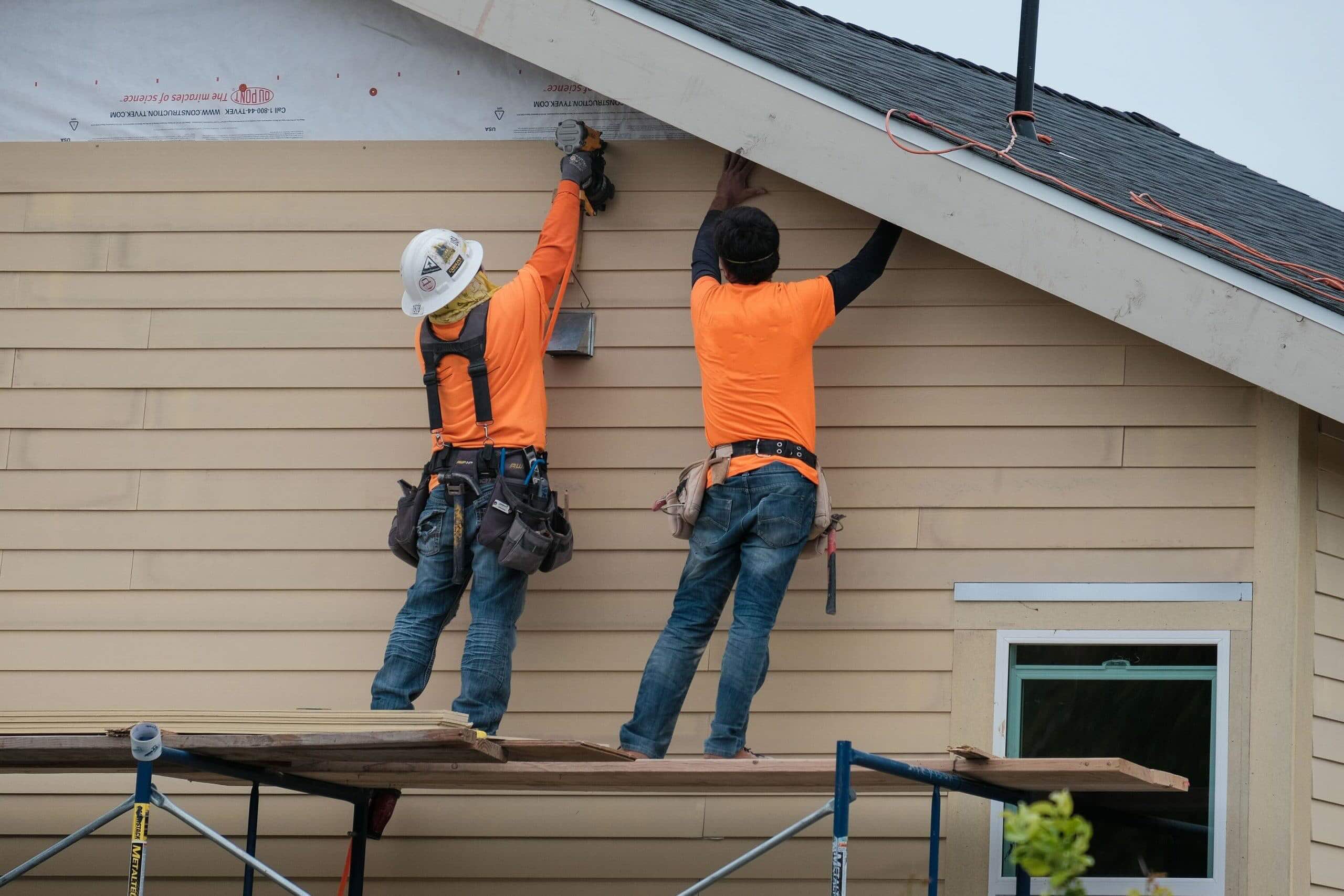
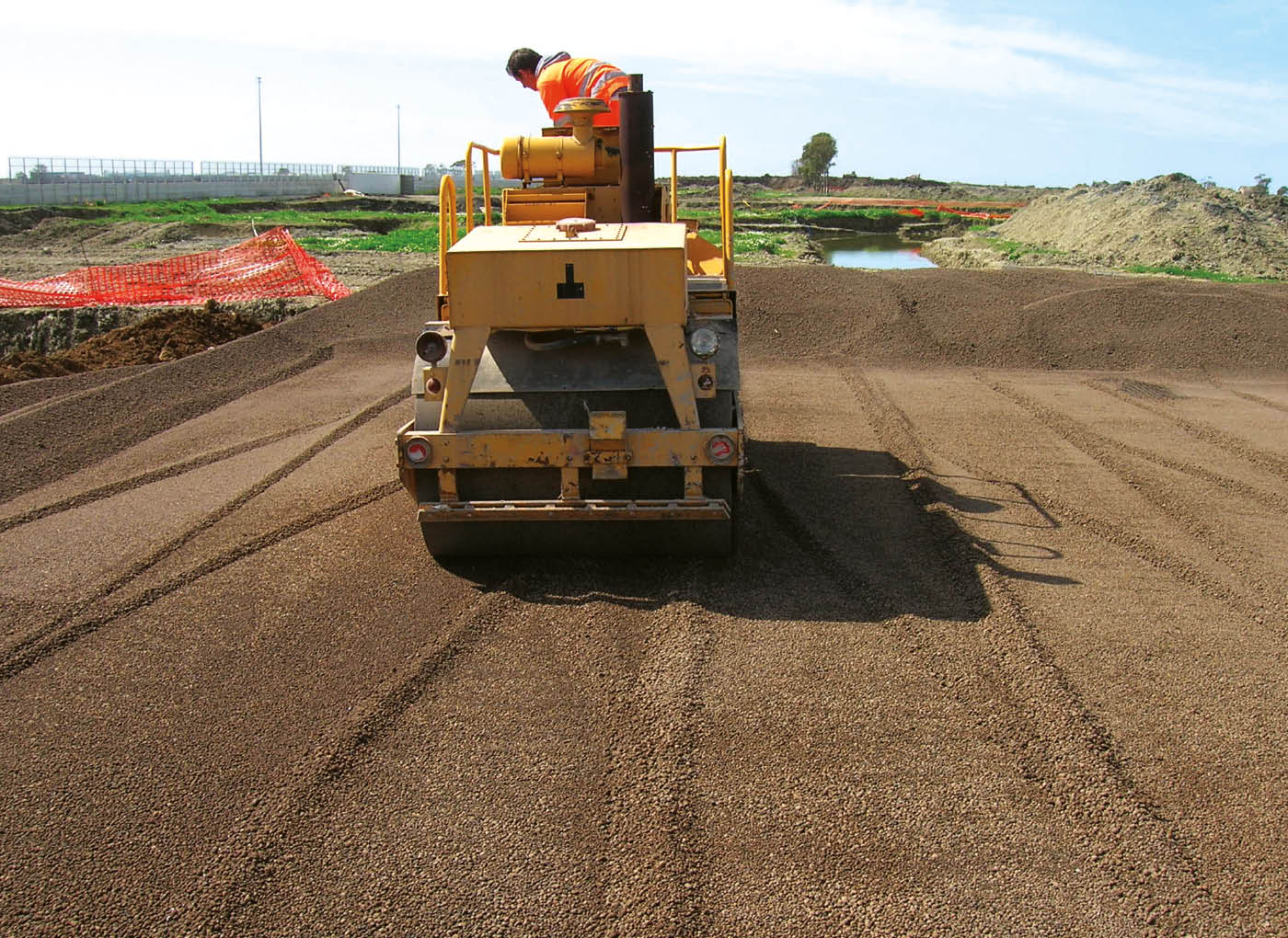



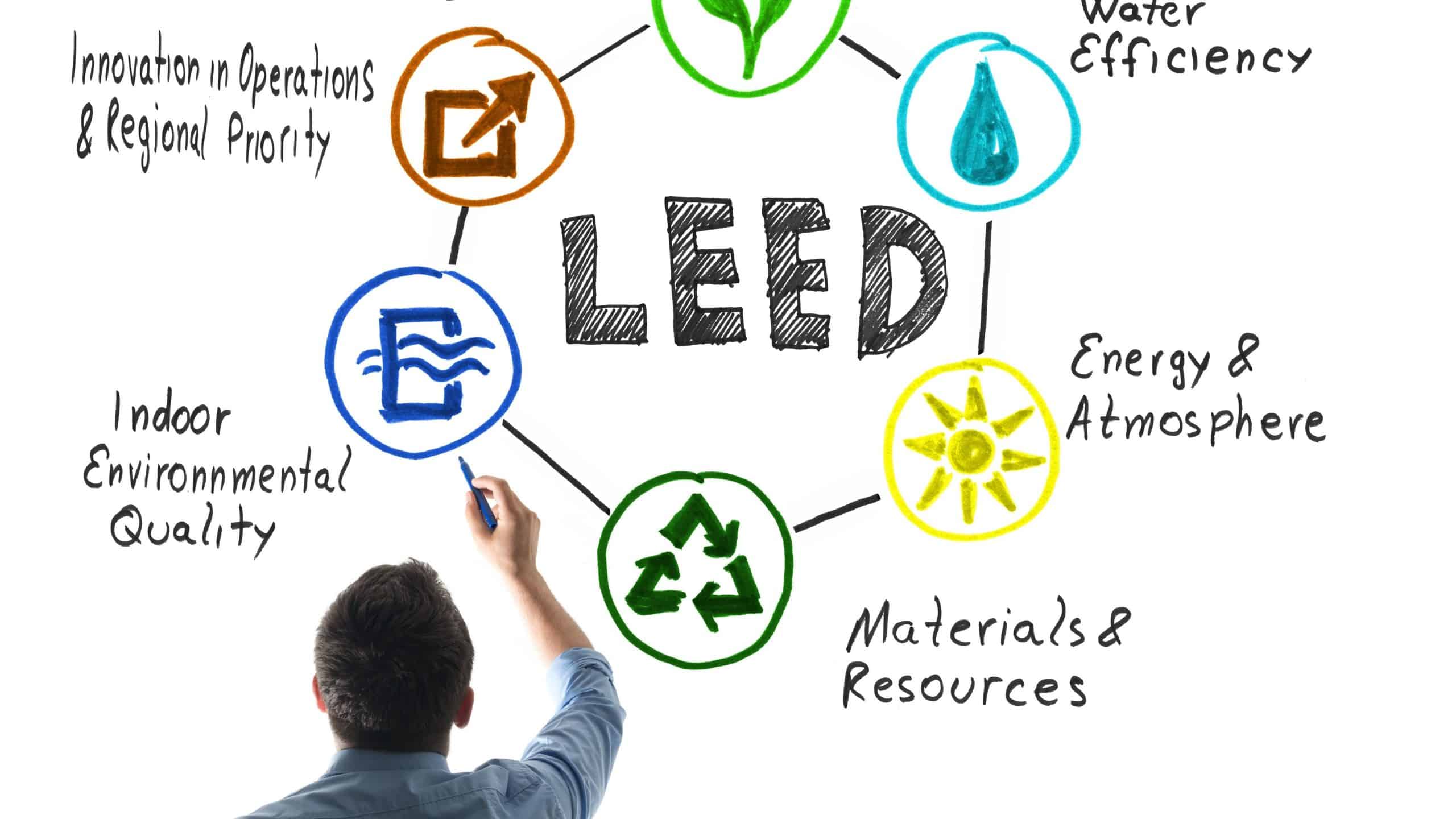
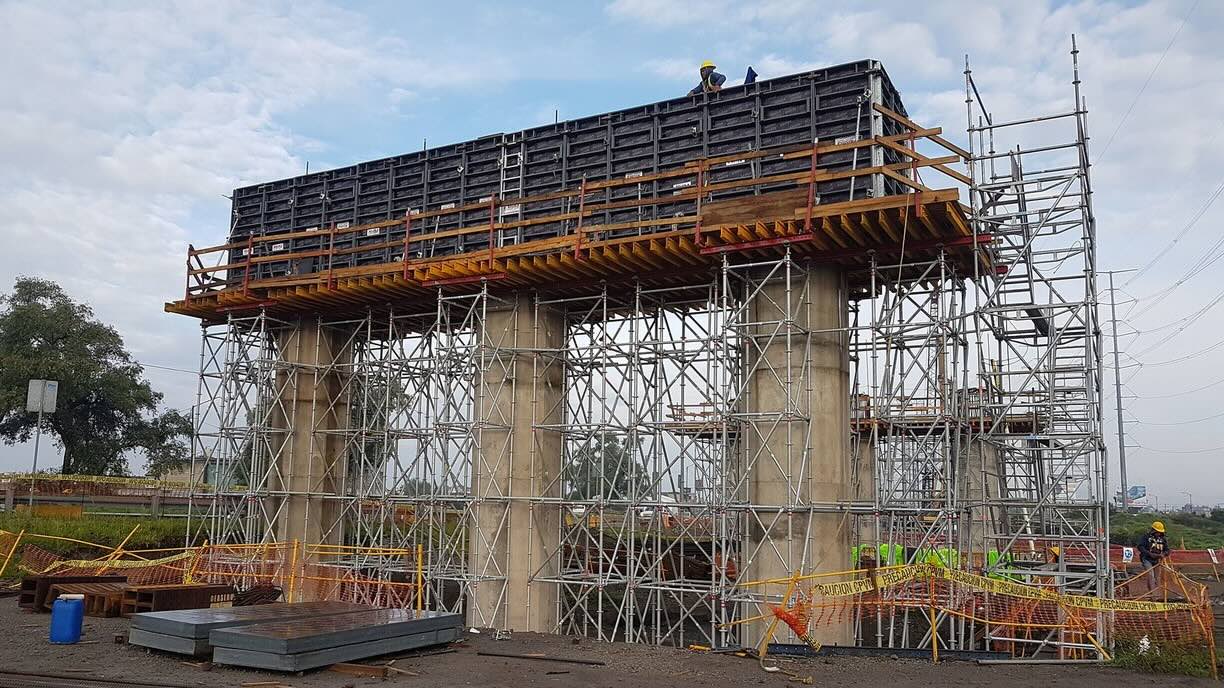
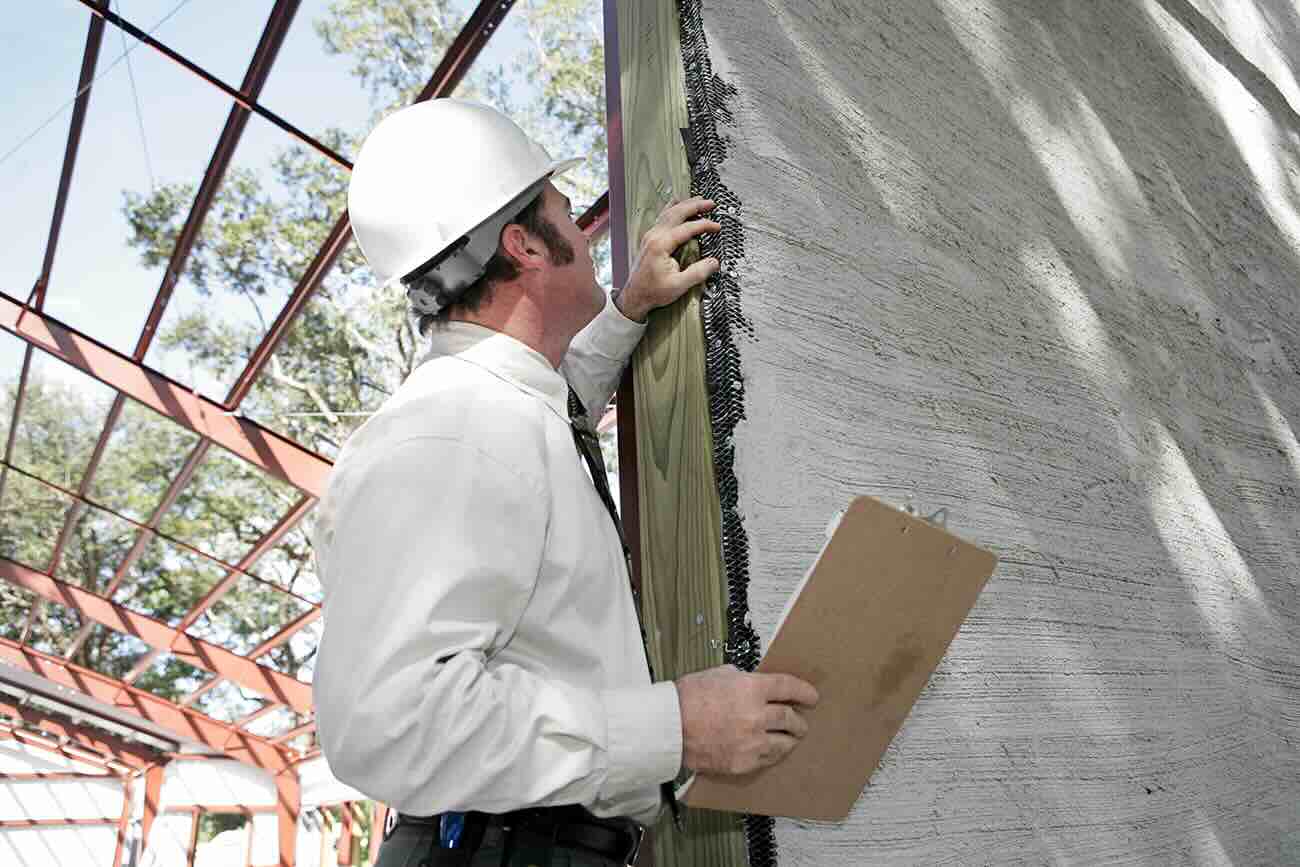


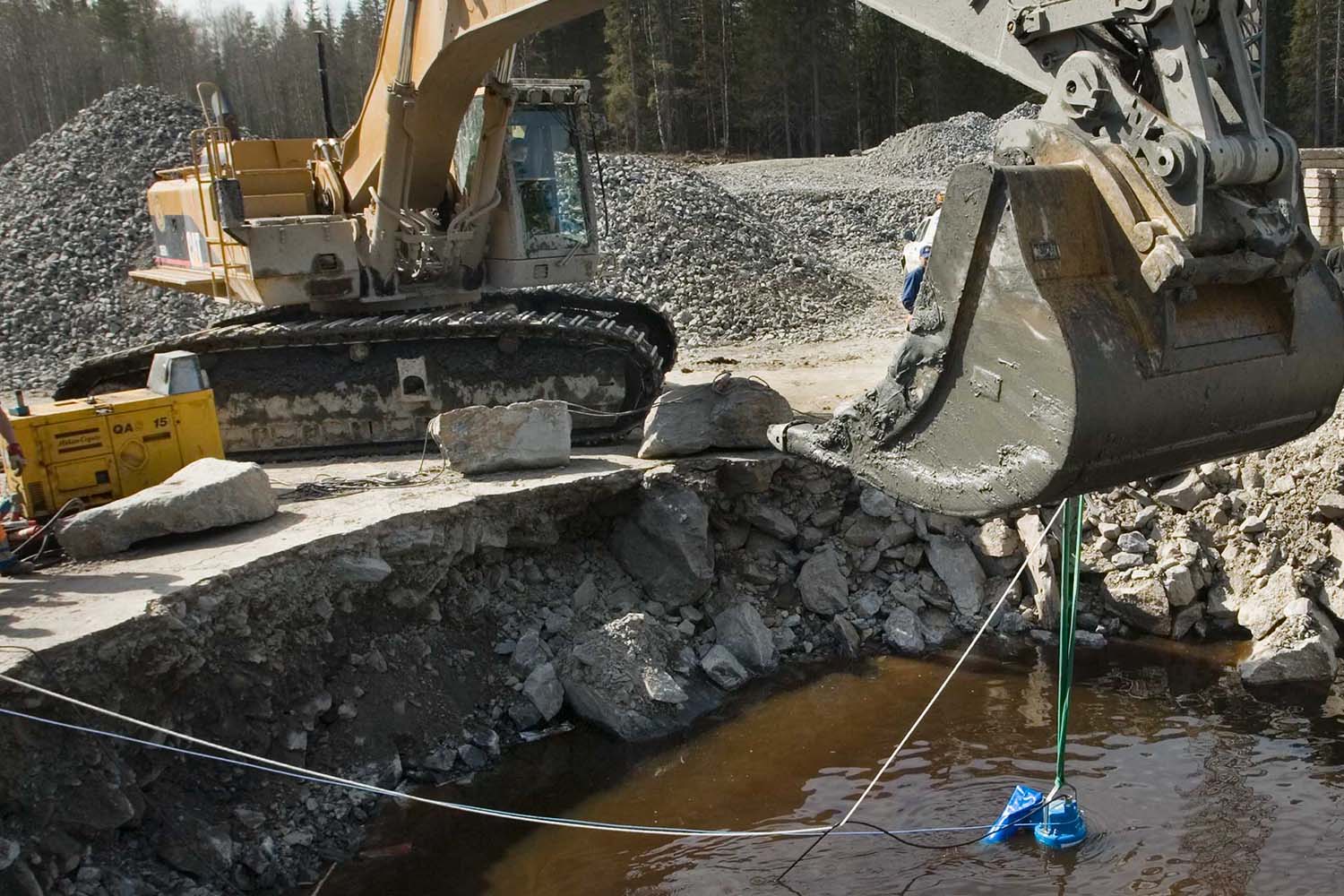



0 thoughts on “What Is RFP In Construction”